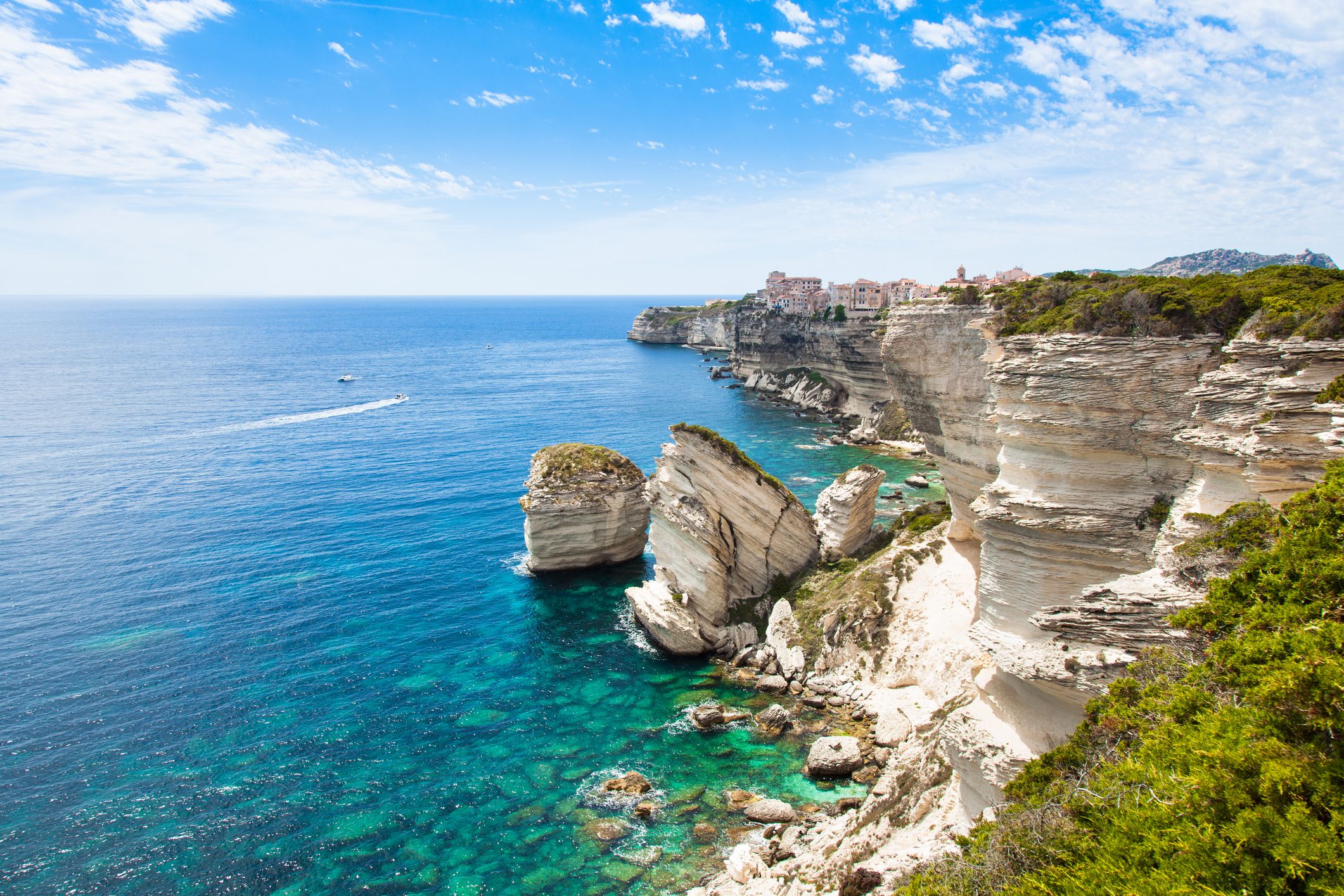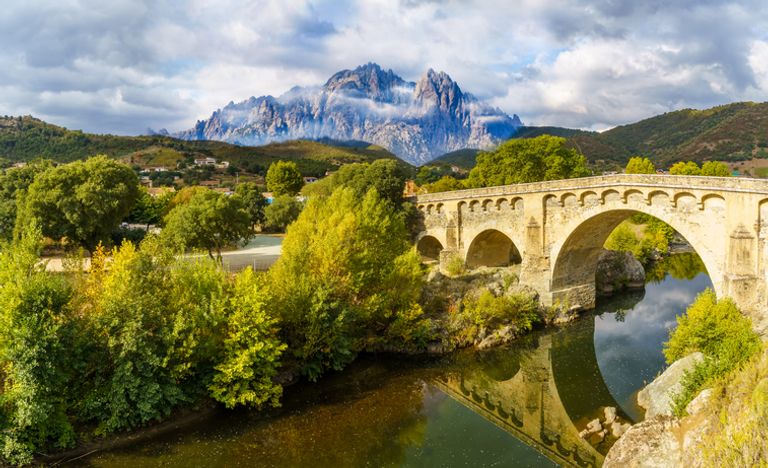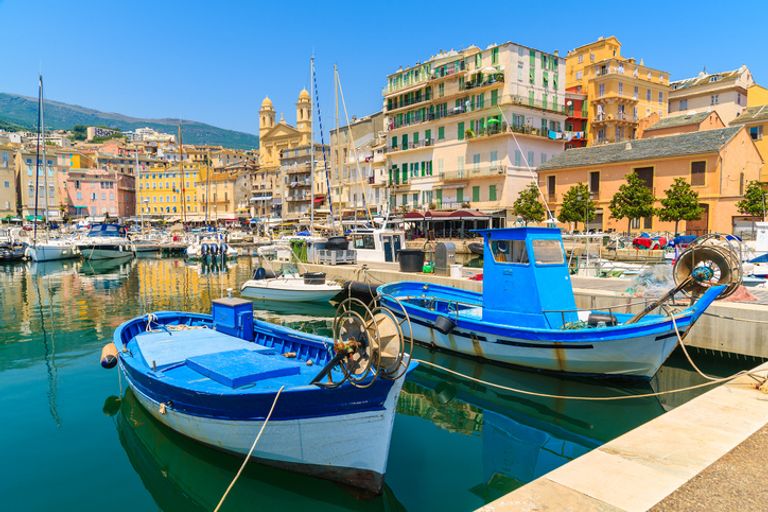You may want to simply spend your holiday in Corsica relaxing by the pool or on the beach, but you’d be missing out on the wealth of things to do on this sun-drenched island. For those who want to get active, you can hike through Corsica’s sprawling wild countryside, and even enjoy swimming in the rivers or lakes – what better way to reconnect with nature?
Found on the west coast, the Scandola Nature Reserve is a designated UNESCO World Heritage Site, defined by its staggering red cliffs and sweeping bays. Be sure to take a boat trip from Porto to truly appreciate its beauty.
If you like your outdoor sights with a side of history, there are plenty of archaeological spots to visit too, including the 16 sculpted statues of Filitosa – they’re thought to date back as far as 4000BC, and you can still make out some of the human features that have been carved into them.
For those looking to truly step back in time, head to Bonifacio, an old town situated in the south that was established back in 833. This spot is known for its ancient houses sat atop a limestone plateau. You’ll also find a natural harbour below, with plenty of coves to explore. However, it’s the coastal town of Calvi that’s the most visited area of Corsica, boasting beautiful Roman architecture among colourful houses and cafes.
Corsica also hosts many music, food, and cultural festivals throughout the year, including Calvi on the Rocks and A Fiera di U Casgiu – so you never know what might be taking place during your visit!








